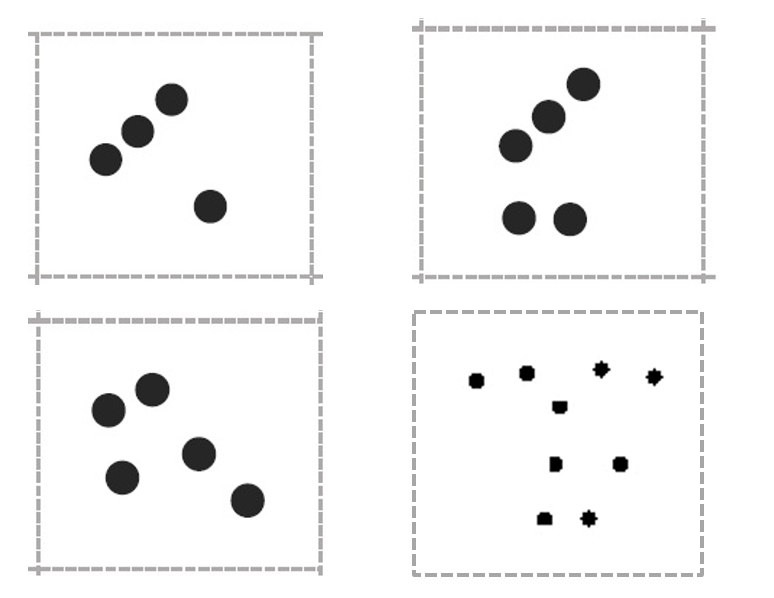C is for Counting
I am so excited to write this blog as this is one of the areas of maths I find really fascinating so I’m glad it is early on in the series. I touched on counting and cardinality briefly in my last blog, B is for Building Blocks, but I wanted to go into more detail as this is a major fundamental skill for our numeracy development and the complexities of this skill are often forgotten about and quickly moved on from.
A fun fact to begin with, did you know that very young babies can not only tell the difference between one and two but also between large numbers of dots when there are twice as many in one group, as with 16 and 8 (Sarama and Clements, 2009[1]). From birth we have an innate ability to count and understand the difference in quantities of objects.
Research[2] has suggested there are five principles for the development of counting:
1. One-to-one correspondence – labelling one object with one number
2. Stable number word order
3. Cardinality – understanding that the last number word in the count represents the numerosity of the set. This skill also includes conservation of number, which is knowing that the quantity of a set of items will remain the same number if they are moved around.
4. Order irrelevance – understanding that objects can be counted in any order and the quantity will remain the same.
5. Abstraction – A collection of dissimilar items can be counted as a set.
Does this sound a lot? Well it is! Counting is a complex skill to develop and as adults we can often forget how difficult this skill was to learn. The most important thing to remember about this ability is that it requires a more knowledgeable other (parent, teacher or peer) to develop accurate counting and is not something a child can learn on their own.
This is arguably the first mathematical skill the child will be exposed to and this it why is so incredibly important we make it as fun as possible. It is not about sitting a child down and making them count a set of objects over and over again. This is where nursery rhymes come in. Think about the number of nursery rhymes you know with counting, for example, the five little ducks, five little monkey’s jumping on the bed. To help support the develop of counting, sing the nursery rhymes with props to help a child understand that the number presents a quantity and as the number changes so does the quantity.
An interesting counting developmental stage to watch out for is the skill of subitising. This is the ability to look at a set number of objects in front of you and know how many there are without the need to count them. Try it yourself, look at the sets of dots below, how many are you able to look at and automatically know the number before you need to count.
There is a debate if this is a precursor to counting or part of its development process, either way it is agreed that it is a crucial part of a counting and children that do not develop this skill, go on to experience significant issues with mathematical development[3].
Key points to remember:
· There is a difference between labelling a number and knowing the quantity of a number.
· Count everything – Have a home with a counting rich environment and count everyday activities such as walking down the stairs.
· Play and enjoy counting – google activities you can do or check out The Toddler Club: Counting Activities for Kids - BBC Tiny Happy People
· Support children with the development of pointing to enable accurate counting.
· A child can’t learn to accurately count on their own and don’t forget how hard it is learn to count.
[1] Sarama, J. & Clements, D. H. (2009). Early Childhood Mathematics Education Research: Learning Trajectories for Young Children. Routledge.
[2] Gelman, R., & Gallistel, C. R. (1986). The child's understanding of number. Harvard University Press.
[3] Clements, Douglas. (1999). Subitizing: What Is It? Why Teach It?. Teaching Children Mathematics. 5. 400-405.


